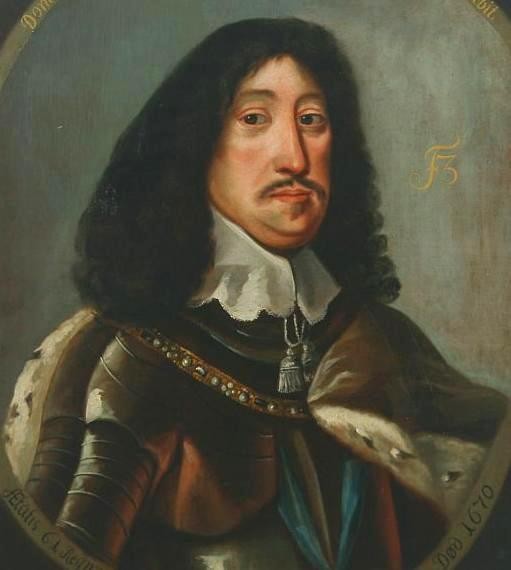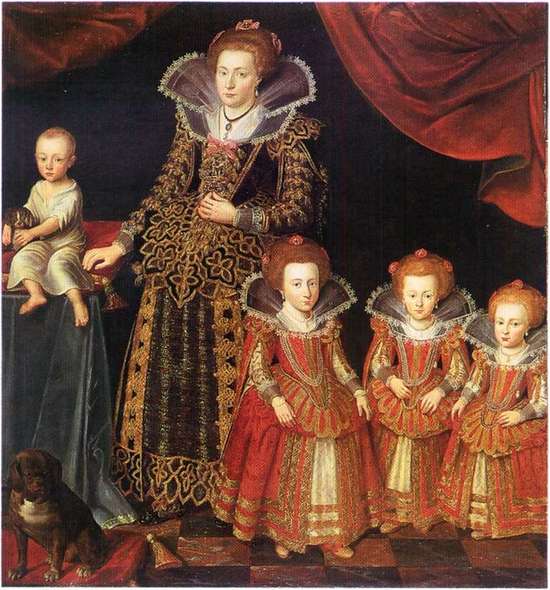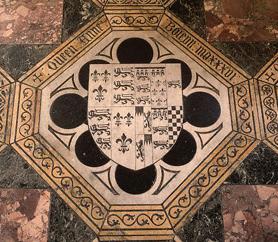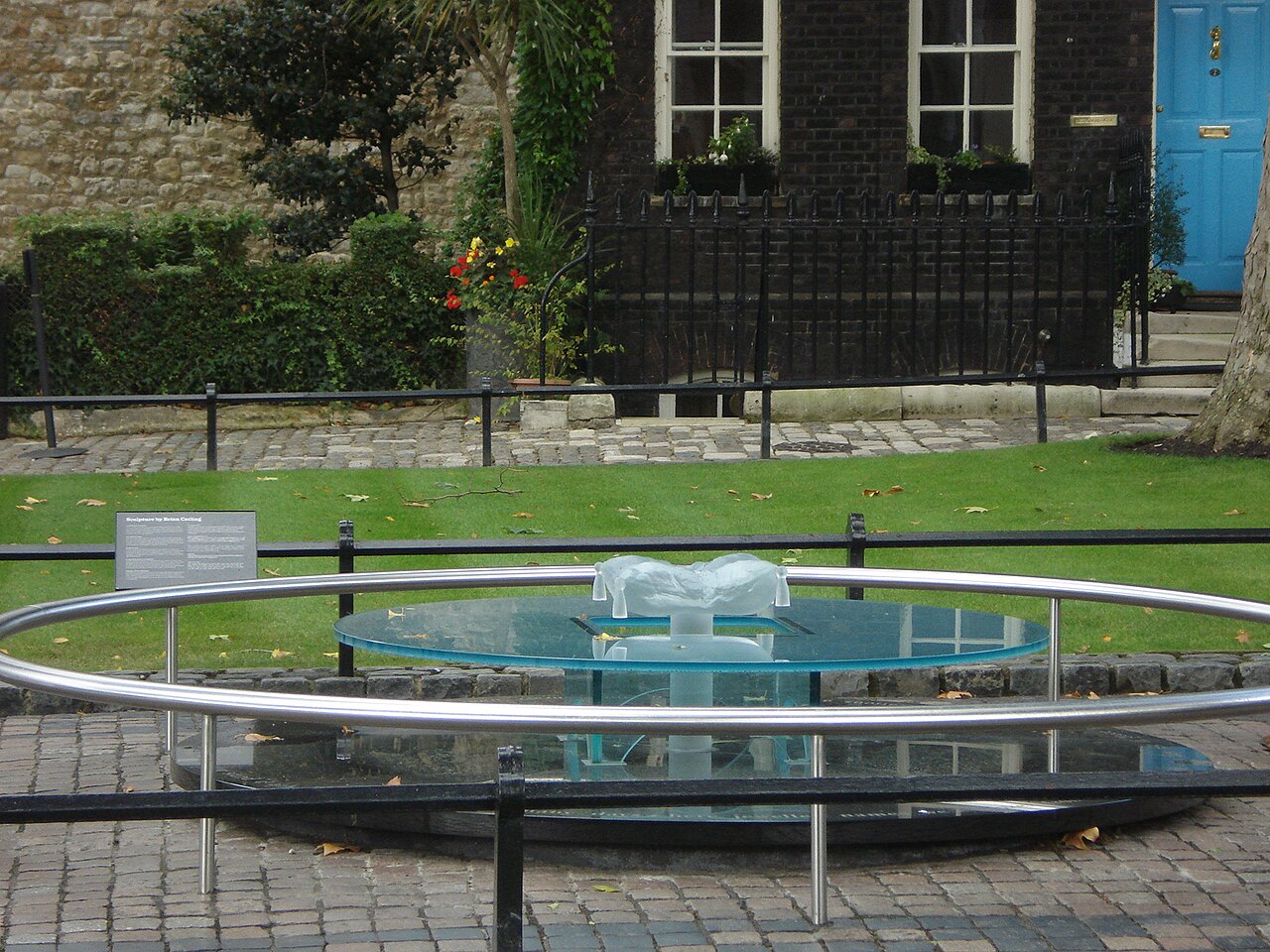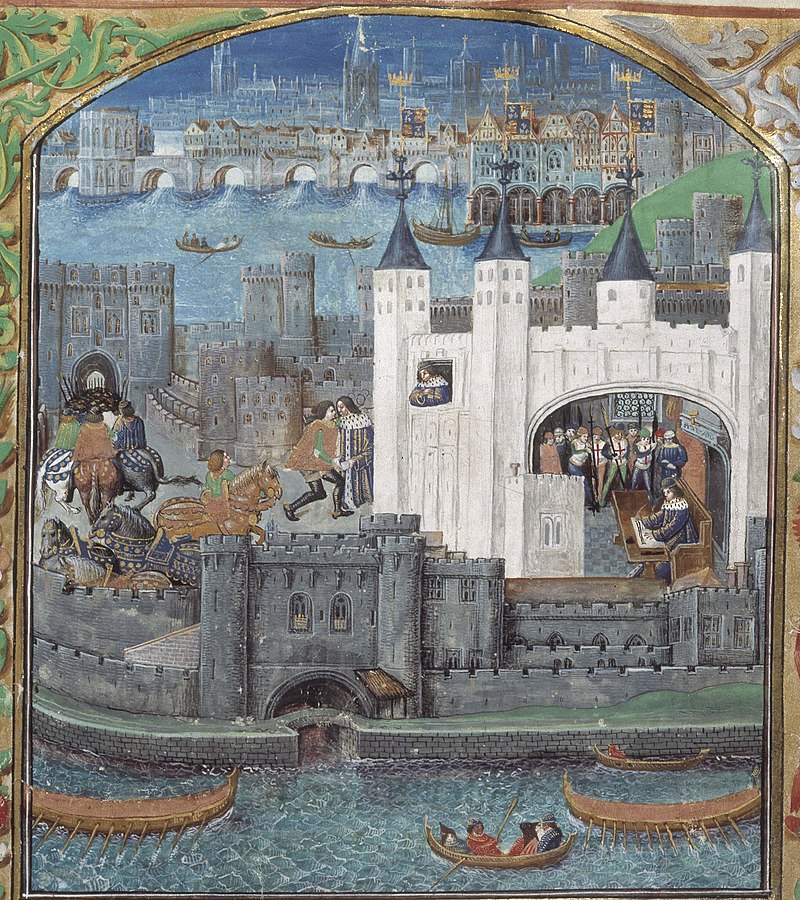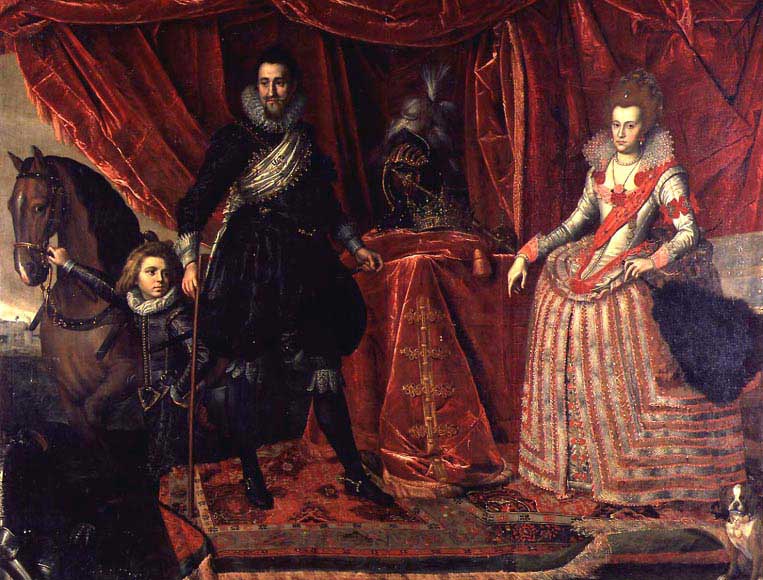by Susan Flantzer
© Unofficial Royalty 2021
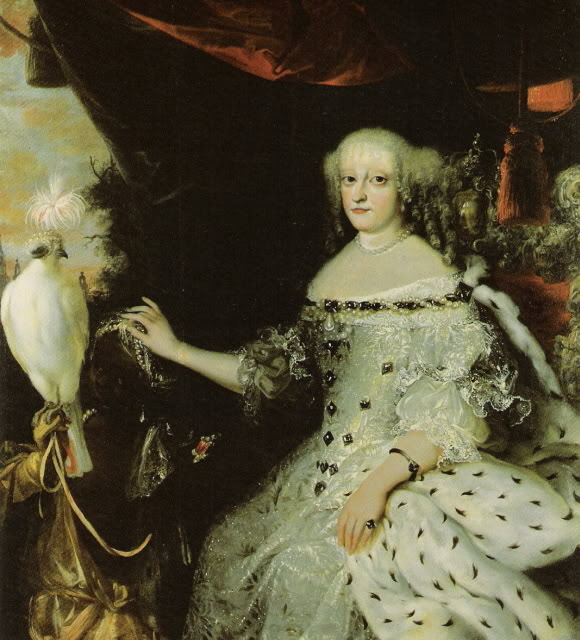
Sophie Amalie of Brunswick-Lüneburg; Credit – Wikipedia
Sophie Amalie of Brunswick-Lüneburg was born on March 24, 1628, at Herzberg Castle, in Herzberg am Harz, Duchy of Brunswick-Lüneburg, now in the German state of Lower Saxony. She was the second but the only surviving of the four daughters and the fifth of the eight children of Georg, Duke of Brunswick-Lüneburg (1582 – 1641) and Anne Eleonore of Hesse-Darmstadt (1601 – 1659), daughter of Ludwig V, Landgrave of Hesse-Darmstadt and Magdalene of Brandenburg.
Sophie Amalie’s parents are ancestors of the British royal family and other European royal families through their sons Ernst August and Georg Wilhelm – the fathers of King George I of Great Britain and his wife Sophia Dorothea of Celle. Sophia Amalie’s youngest brother Ernst August married Sophia of the Palatinate, daughter of Elizabeth Stuart, eldest daughter of King James I of England, and Friedrich V, Elector of the Palatinate. Sophia of the Palatinate was a granddaughter of King James I of England and first cousin of King Charles II of England and King James II of England. I
n 1692, Ernst August was appointed Prince-Elector of Brunswick-Lüneburg (which eventually became the Electorate of Hanover). Over in Great Britain, due to the lack of heirs in the House of Stuart, and not wanting the throne to go to a Roman Catholic, Parliament passed the 1701 Act of Settlement, giving the British throne to Sophia of the Palatinate, Electress of Hanover and her Protestant descendants. Sophia of the Palatinate died on June 8, 1714. Her son George was now the heir to the British throne. Queen Anne of Great Britain died on August 1, 1714, which was only 54 days after Sophia died. Sophie Amalie’s nephew, King George I of Great Britain, was only 56th in line to the throne according to primogeniture, but the nearest Protestant according to the 1701 Act of Settlement.
Sophie Amalie had four brothers and three sisters. Her sisters all died young.
- Magdalene (born and died 1620), died in infancy
- Christian Ludwig, Duke of Brunswick-Lüneburg (1622 – 1665), married Sophia Dorothea of Schleswig-Holstein-Sonderburg-Glücksburg, no children
- Georg Wilhelm, Duke of Brunswick-Lüneburg (1624 – 1705), married Eleonore d’Esmier d’Olbreuse, had one child Sophia Dorothea of Celle who married her first cousin the future King George I of Great Britain
- Johann Friedrich, Duke of Brunswick-Lüneburg (1625 – 1679), married Benedicta Henrietta of the Palatinate, had four daughters
- Dorothea Magdalene (1629 – 1630), died in infancy
- Ernst August, Elector of Hanover (1629 – 1698), married Sophia of the Palatinate, had seven children including King George I of Great Britain and Sophia Charlotte who married King Friedrich I of Prussia
- Anna Marie Eleonore (1630 – 1636), died in childhood

Frederik III and Sophie Amalie of Brunswick-Lüneburg, circa 1643; Credit – Wikipedia
Sophie Amalie’s family lived at her birthplace Herzberg Castle until 1636 when her father moved his residence to Hanover. There he built the Leineschloss, a palace situated by the Leine River, that became the residence of the Hanoverian dukes, electors, and kings. In March 1640, 12-year-old Sophia Amalie was betrothed to 31-year-old Prince Frederik of Denmark, the third but the second surviving of the four sons of Christian IV, King of Denmark and Norway and his first wife Anna Katharina of Brandenburg. Frederik had an elder brother Christian, Prince-Elect of Denmark who had been elected heir apparent in 1608 (Denmark was an elected monarchy at that time) and was expected to succeed their father. Because of the bride’s young age, the marriage was delayed for three years. On October 1, 1643, at Glücksborg Castle in Glücksborg, Duchy of Schleswig, then a Danish possession, now in the German state of Schleswig-Holstein, Frederik and Sophie Amalie were married.

Sophie Amalie’s five eldest children: left to right: Wilhelmina Ernestina, Anna Sophia, Frederika Amalia holding Frederik, and Christian; Credit – Wikipedia
Sophie Amalie and Frederik had eight children including Jørgen who married Queen Anne of Great Britain and had his name anglicized to George and Ulrika Eleonora married King Karl XI of Sweden.:
- Christian V, King of Denmark and Norway (1646 – 1699), married Charlotte Amalie of Hesse-Kassel, had seven children including Frederik IV, King of Denmark and Norway
- Anna Sophia (1647 – 1717), married Johann Georg III, Elector of Saxony, had two sons
- Frederika Amalia (1649 – 1704), married Christian Albrecht, Duke of Holstein-Gottorp, had two sons and two daughters
- Wilhelmina Ernestina (1650 – 1706), married Karl II, Elector Palatine, no children
- Frederik (1651 – 1652), died in infancy
- Jørgen (George) (1653 – 1708), married Queen Anne of Great Britain, George’s wife Queen Anne had 17 pregnancies with only five children being born alive. Two died on the day of their birth, two died at less than two-years-old within six days of each other from smallpox, and one died at age 11.
- Ulrika Eleonora (1656 – 1693), married King Karl XI of Sweden, had seven children including King Karl XII of Sweden and Queen Ulrika Eleonora of Sweden
- Dorothea (1657 – 1658), died in infancy
Before Frederik’s marriage, his father King Christian IV sought to provide him with a pathway to his future and also to use Frederik to gain influence in the northern German areas of the Holy Roman Empire. Despite being christened a Protestant, Frederik became the administrator of the Prince-Archbishopric of Bremen and the Prince-Bishopric of Verden. In 1647, Friedrich was appointed governor of the Duchies of Schleswig and Holstein. Sophie Amalie and Frederik lived in the Prince-Archbishopric of Bremen and the Duchies of Schleswig and Holstein until a sudden event changed their lives. On June 2, 1647, Frederik’s 44-year-old childless elder brother Christian, Prince-Elect of Denmark and heir apparent to the Norwegian throne, died and his death opened up the possibility for Frederik to be elected heir apparent to the Danish throne. However, when King Christian IV died less than nine months later, on February 28, 1648, Frederik had not yet been elected heir apparent to the Danish throne. After long deliberations between the Danish Estates and the Rigsraadet (royal council), he was finally elected King of Denmark. King Frederik III and Queen Sophie Amalie were crowned on November 23, 1648, at the Church of Our Lady in Copenhagen, Denmark.
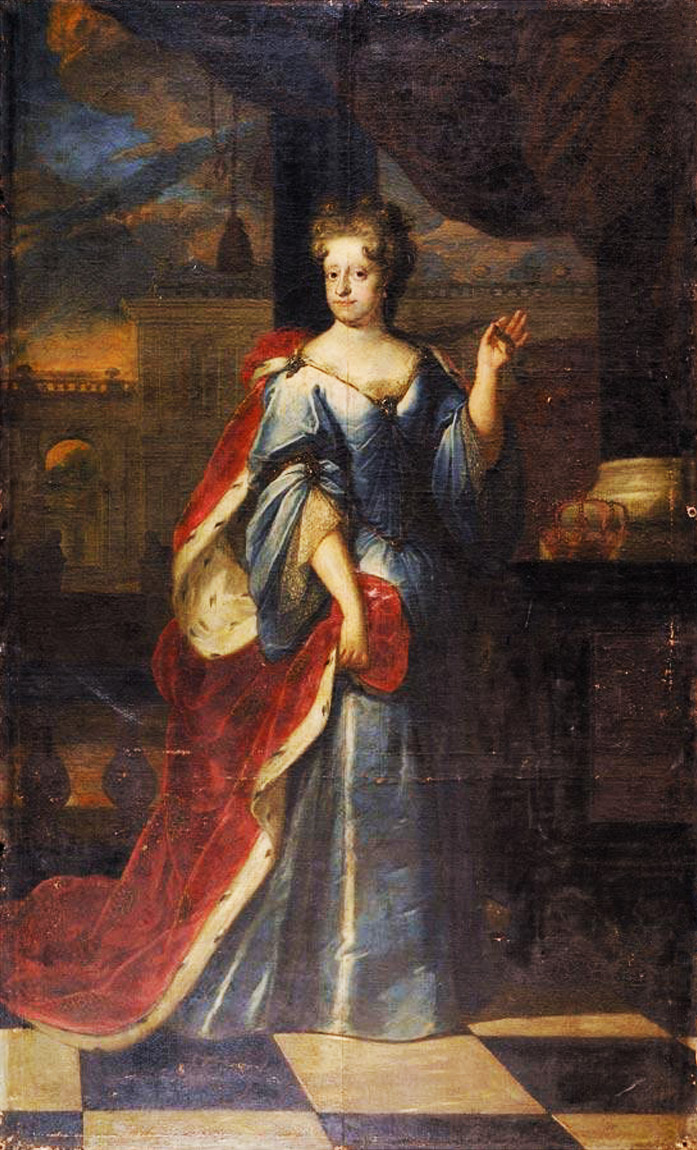
Sophie Amalie as Queen of Denmark and Norway; Credit – Wikipedia
As Queen of Denmark, Sophie Amalie became the center of court life. She replaced the old medieval court entertainments with opera and ballet. She enjoyed fashion, parties, theatre, and masquerades, and made the French taste fashionable in Denmark. Sophie Amalie was ambitious, participated in state affairs, with her husband’s blessing of her husband, and influenced policy as his adviser.
From the start of King Frederik III’s reign, Sophie Amalie was involved in the power struggle between the crown and the Danish nobility, symbolized by the Sons-In-Law Party composed of the Danish nobles who married Frederik III’s half-sisters, the daughters of King Christian IV and his morganatic second wife Kirsten Munk. Count Corfitz Ulfeldt, married to Frederik’s half-sister Leonora Christina, Countess of Schleswig-Holstein, was the leading member. There were rumors that Count Corfitz Ulfeldt was associated with a plot to poison Frederik III and Ulfeldt and his wife left Denmark and settled in Sweden. The plot was proven to be false but Ulfeldt agreed to accept the offer of King Karl X Gustav of Sweden to enter his service because he wanted to humiliate King Frederik III. Ulfeldt participated in the Swedish invasion of Denmark in the Danish-Swedish War of 1657 – 1658 and is considered the most notorious traitor in Danish history. He was tried in absentia for high treason, his property was confiscated, and his children were banished. Ulfeldt, who was seriously ill, died in 1664 while on the run. Because of her alleged involvement in the intrigues of her husband Count Corfitz Ulfeldt, Leonora Christina was imprisoned for 22 years as a political prisoner. Only after the death of Sophie Amalie did Leonora Christina gain her freedom.
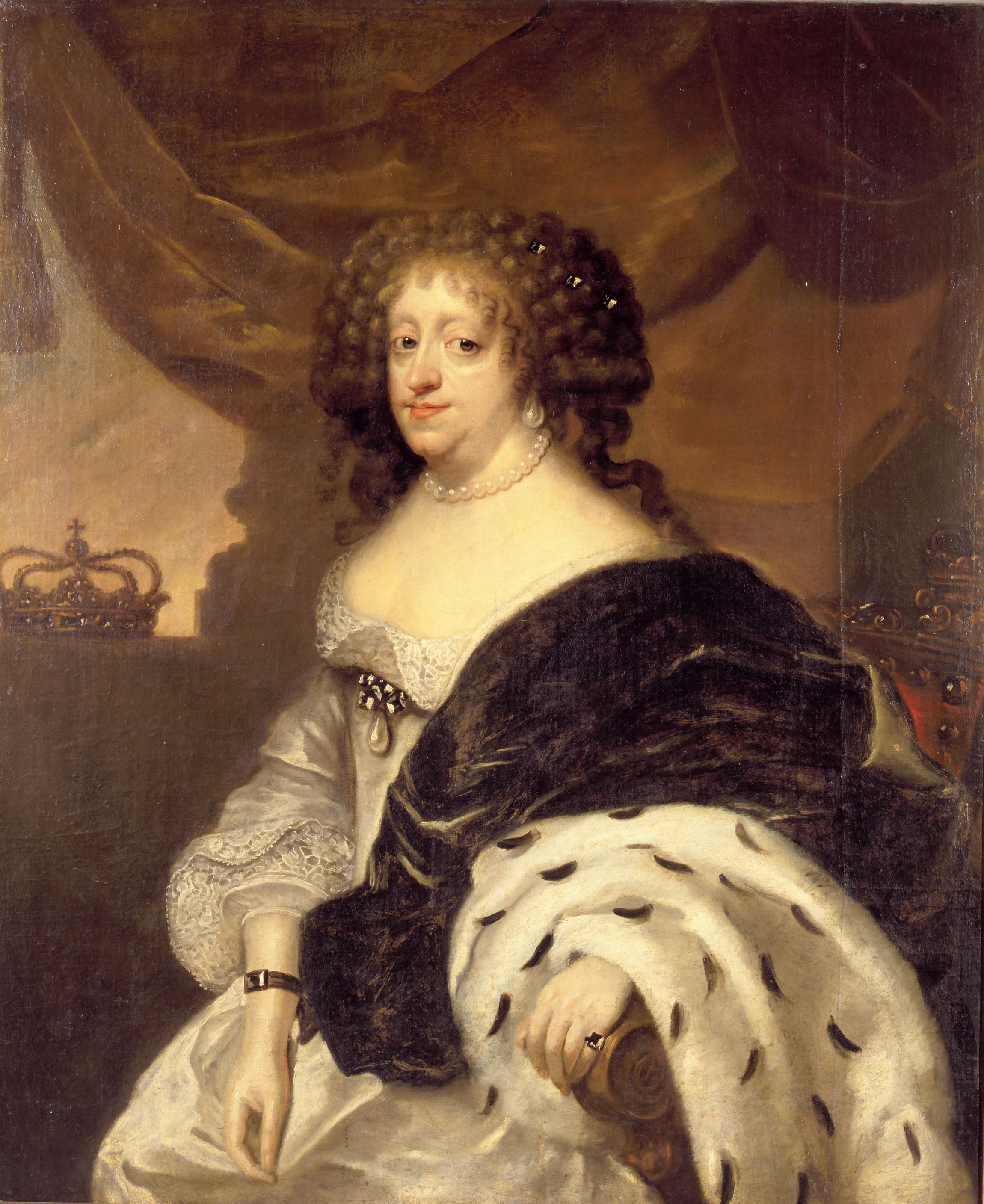
Sophie Amalie, circa 1670; Credit – Wikipedia
Frederik III, King of Denmark and Norway died at the age of 60, after three days of a painful illness, on February 9, 1670, at Copenhagen Castle in Copenhagen, Denmark. During the reign of her son King Christian V, Sophie Amalie remained a player in state affairs despite her son’s dislike of her interference. Sophie Amalie’s relationship with her daughter-in-law Charlotte Amalie was not positive. She refused to give up her position as queen and her precedence as the first lady of the court to her daughter-in-law. King Christian V frequently resorted to moving to another palace with his wife so that Queen Charlotte Amalie and Queen Dowager Sophie Amalie would not be present in the same palace at the same time.

The Death of Queen Sophie Amalie by Kristian Zahrtmann; Credit – Wikipedia
Sophie Amalie survived her husband King Frederik II by fifteen years, dying on February 20, 1685, aged 56. They were interred with Frederik’s parents in the crypt of Roskilde Cathedral, the traditional burial site of the Danish royal family in Roskilde, Denmark. In 1613, a year after the death of his first wife and Frederik’s mother Anna Katharina of Brandenburg, King Christian IV ordered the construction of a new burial chapel because the space inside Roskilde Cathedral for burials was running out. However, the interior of the Christian IV Chapel was not completed until 1866. At that time, the caskets of Christian IV (died 1648), his first wife Anna Katharina of Brandenburg (died 1612), his eldest son and heir apparent Christian who predeceased him (died 1647), his second son who succeeded him as King Frederik III (died 1670); and Frederik III’s wife Sophie Amalie of Brunswick-Lüneberg (died 1685) were placed in the completed Christian IV Chapel.

Christian IV Chapel at Roskilde Cathedral: Caskets front row left to right: Anna Katharina, Christian IV, Christian, Prince-Elect; back row left to right: Sophie Amalie, Frederik III; Photo Credit – © Susan Flantzer
This article is the intellectual property of Unofficial Royalty and is NOT TO BE COPIED, EDITED, OR POSTED IN ANY FORM ON ANOTHER WEBSITE under any circumstances. It is permissible to use a link that directs to Unofficial Royalty.
Kingdom of Denmark Resources at Unofficial Royalty
-
- Kingdom of Denmark Index
- Danish Orders and Honours
- Danish Royal Burial Sites: House of Oldenburg, 1448 – 1863
- Danish Royal Burial Sites: House of Schleswig-Holstein-Sonderburg-Glücksburg, 1863 – present
- Danish Royal Christenings
- Danish Royal Dates
- Danish Royal Residences
- Danish Royal Weddings
- Line of Succession to the Danish Throne
- Profiles of the Danish Royal Family
Works Cited
- Da.wikipedia.org. 2021. Sophie Amalie af Braunschweig-Lüneburg. [online] Available at: <https://da.wikipedia.org/wiki/Sophie_Amalie_af_Braunschweig-L%C3%BCneburg> [Accessed 13 March 2021].
- De.wikipedia.org. 2021. Georg (Braunschweig-Calenberg). [online] Available at: <https://de.wikipedia.org/wiki/Georg_(Braunschweig-Calenberg)> [Accessed 13 March 2021].
- De.wikipedia.org. 2021. Sophie Amalie von Braunschweig-Calenberg. [online] Available at: <https://de.wikipedia.org/wiki/Sophie_Amalie_von_Braunschweig-Calenberg> [Accessed 13 March 2021].
- En.wikipedia.org. 2021. Sophie Amalie of Brunswick-Calenberg. [online] Available at: <https://en.wikipedia.org/wiki/Sophie_Amalie_of_Brunswick-Calenberg> [Accessed 13 March 2021].
- Flantzer, Susan. Unofficial Royalty. Frederik III, King of Denmark and Norway. [online] Available at: <https://www.unofficialroyalty.com/frederik-iii-king-of-denmark-and-norway/> [Accessed 13 March 2021].







